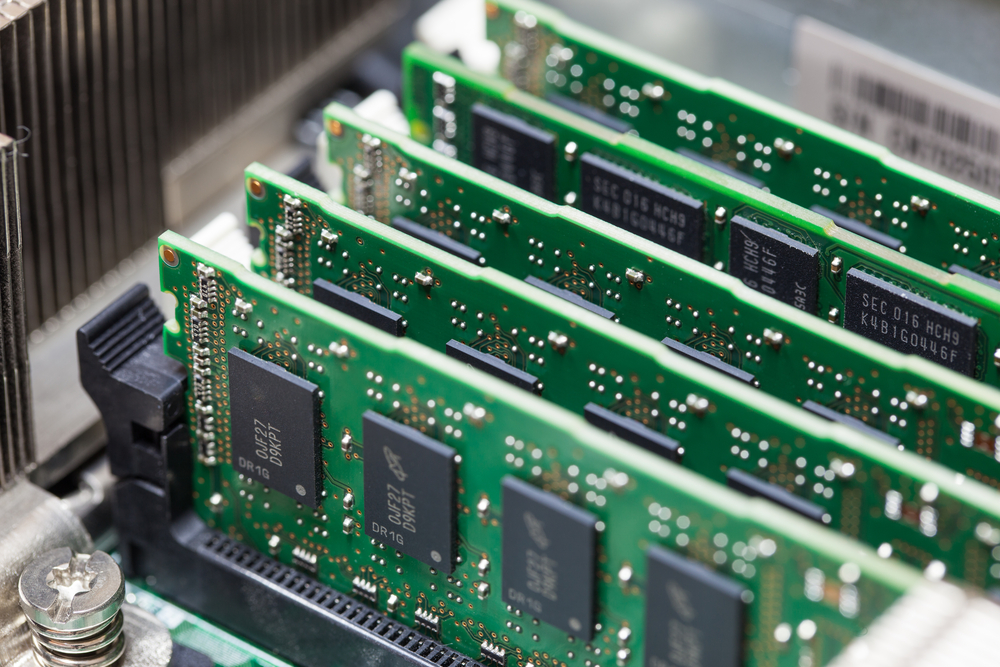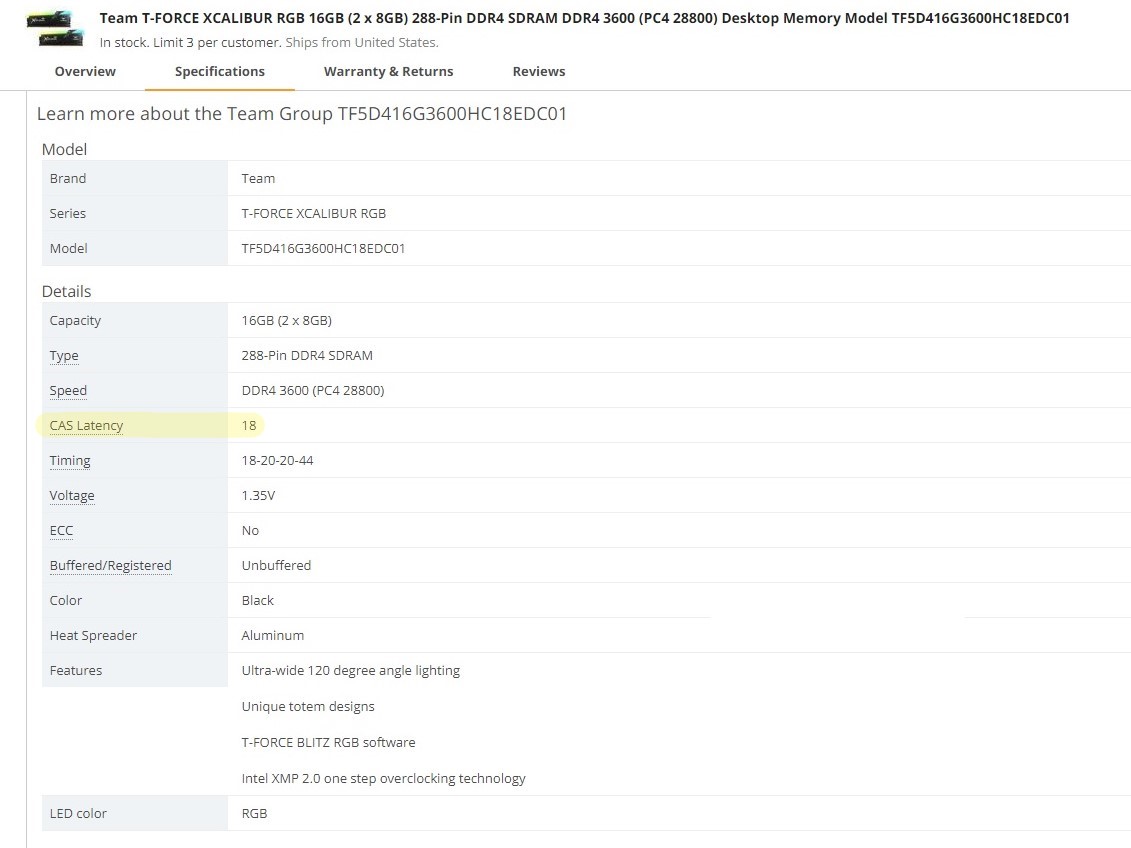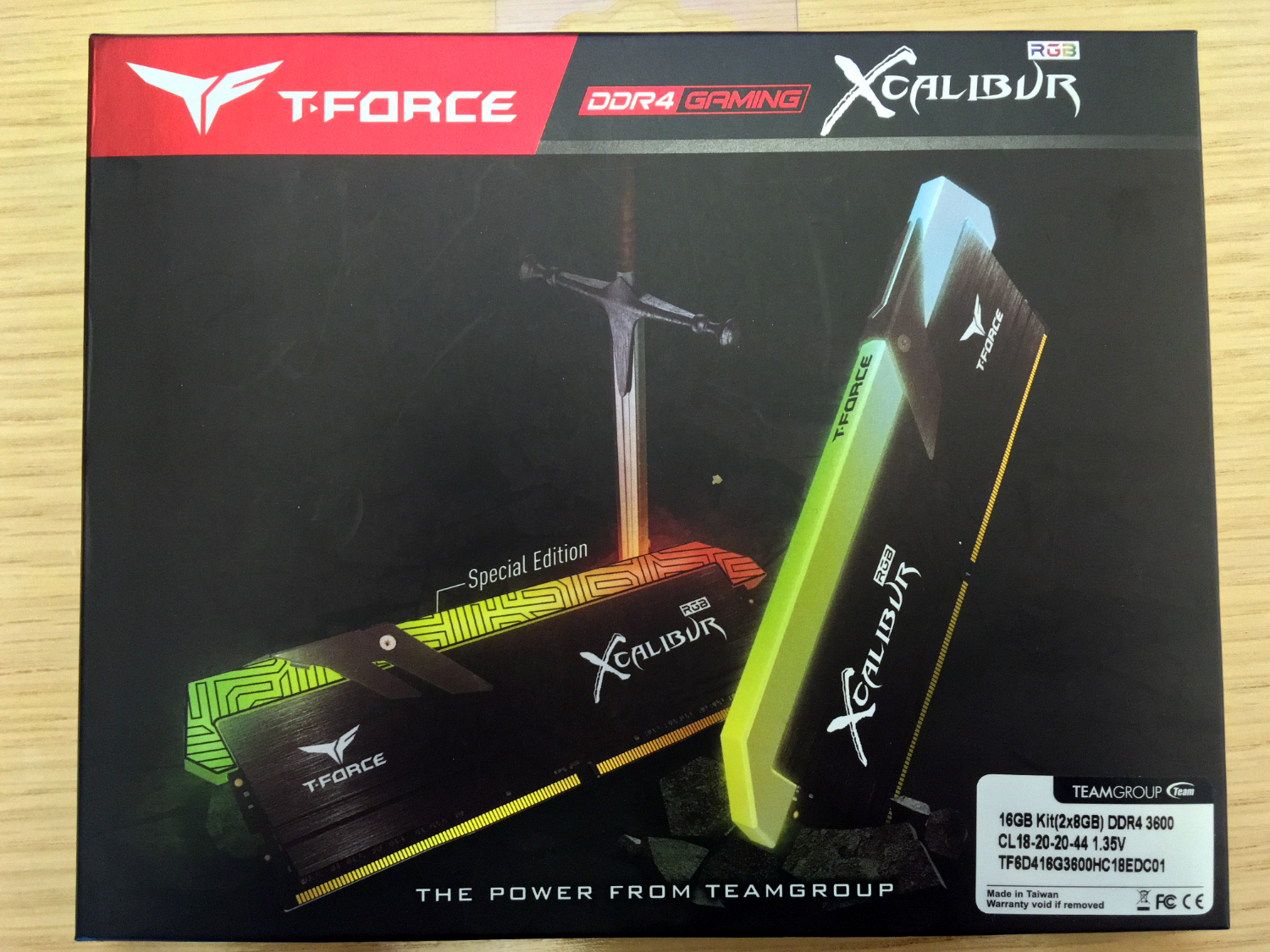What Is CAS Latency in RAM? CL Timings Explained
When buying RAM, you’ll see listings for their timings, such as CL16-18-18-38 or CL14-14-14-34 or CL 16-18-18-36. That number after the “CL” represents the RAM kit’s CAS latency, sometimes called CL. But what does CAS latency really mean? And what implications does a RAM kit’s CAS latency have for its performance?
The lower the CAS latency, the better
Why you can trust Tom's Hardware
A RAM module’s CAS (Column Address Strobe or Signal) latency is how many clock cycles in it takes for the RAM module to access a specific set of data in one of its columns (hence the name) and make that data available on its output pins, starting from when a memory controller tells it to. Another way to think of it is how many RAM clock cycles it takes for the RAM to output data called for by the CPU. A RAM kit with a CAS of 16 takes 16 RAM clock cycles to complete this task. The lower the CAS latency, the better.
CAS latency can be referred to in several different ways. A RAM kit with a CAS latency of 16, for example, can be described as CAS 16 or CL16 or as having CAS 16 timings.
It’s important to note that two different RAM kits with the same data transfer rate, for example DDR4-3200, can have different CAS timings. Take the Team Group Delta Tuf Gaming RGB DDR4-3200 and G.Skill Trident Z Royal DDR4-3200. They both have a DDR4-3200 transfer rate. However, their CAS timings are different: CL16-18-18-38 (CAS 16) and CL14-14-14-34 (CAS 14), respectively.
RAM speed vs. RAM latency
While a RAM’s data transfer rate tells you how many mega transfers (1,000,000 data transfers) the RAM can do in one second (a DDR4-3200 RAM can conduct 3,200 mega transfers in 1 second), its CAS latency is also important for understanding RAM performance.
CAS latency tells you the total number of cycles it takes for the RAM to send data, but you should also consider the duration of each cycle to get a better idea of that RAM’s overall latency.
While DDR4 RAM is newer with better storage density and power efficiency than DDR3 RAM, it tends to have higher CAS latency. DDR3 RAM usually has a CAS latency of 9 or 10, while DDR4 will have a CAS latency of at least 15. However, because of its faster clock speeds, the newer standard has better performance overall.
This article is part of the Tom's Hardware Glossary.
Further reading:
Get Tom's Hardware's best news and in-depth reviews, straight to your inbox.

Scharon Harding has over a decade of experience reporting on technology with a special affinity for gaming peripherals (especially monitors), laptops, and virtual reality. Previously, she covered business technology, including hardware, software, cyber security, cloud, and other IT happenings, at Channelnomics, with bylines at CRN UK.


